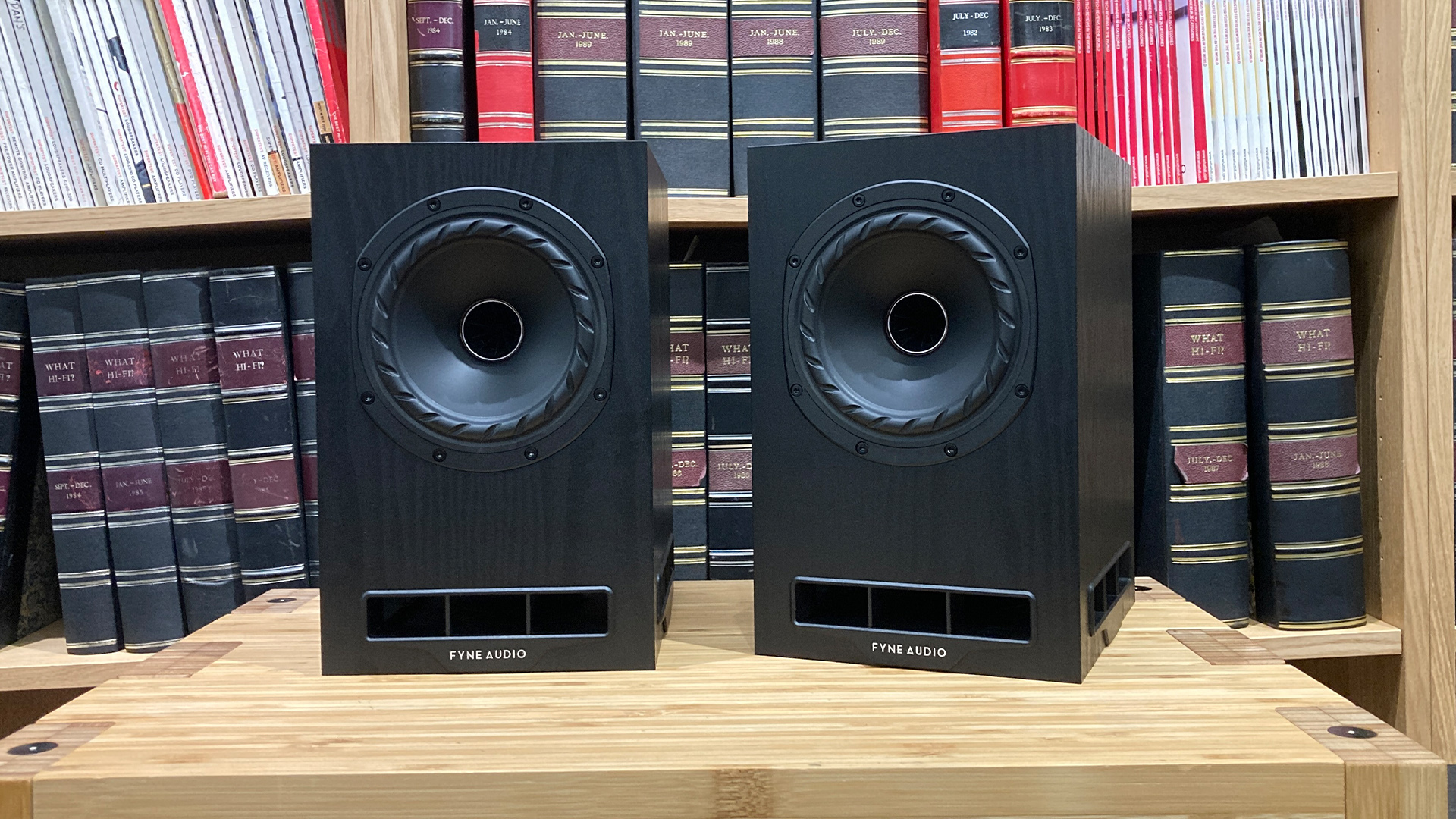I spoke to Apple to find out the secret behind the AirPods Pro 2’s audio success
“At the end of the day, there is somewhat of a compromise, because you can't make it perfect for everybody yet”
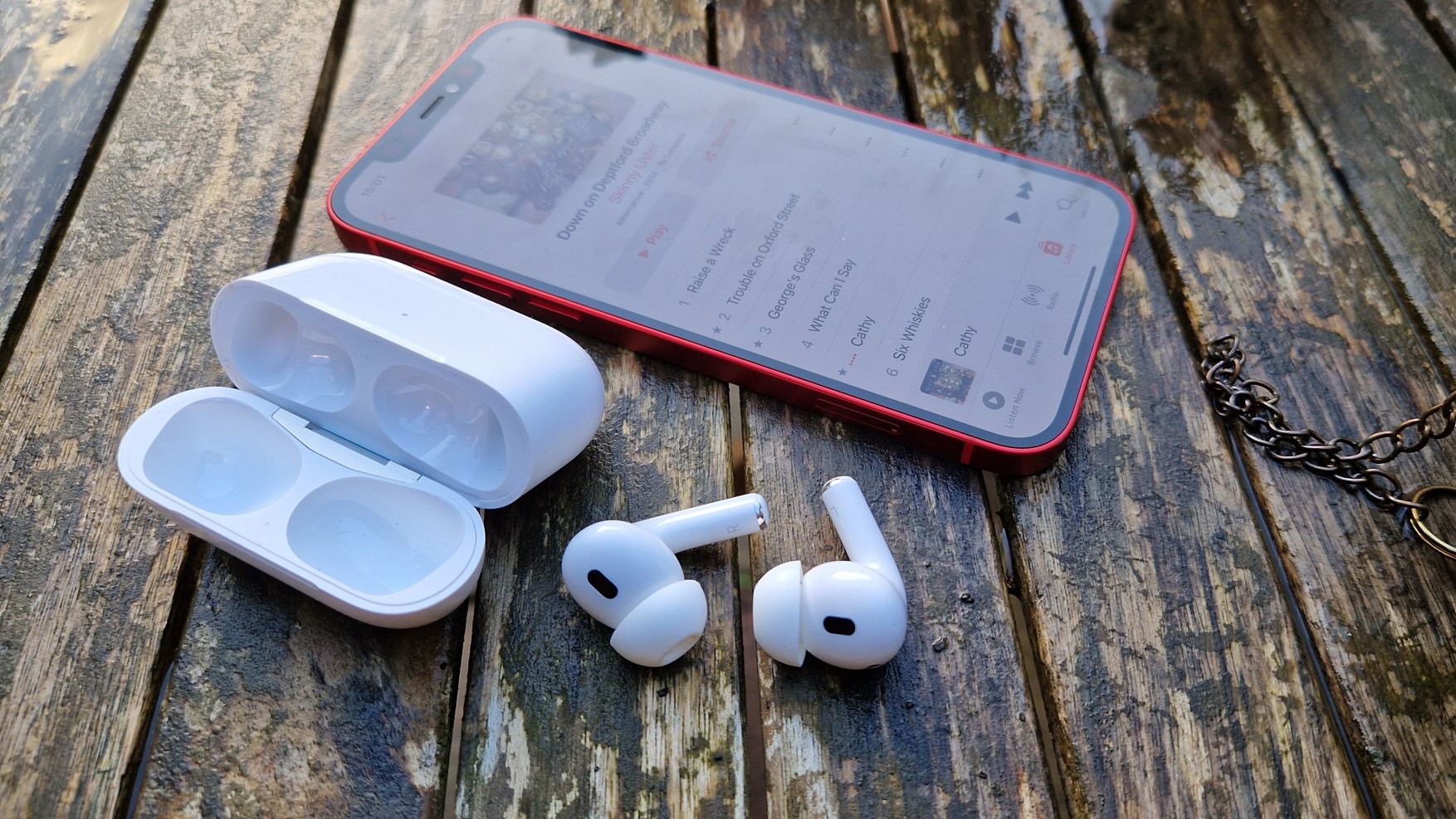
It’s all about airflow.
“When we talk about good sound, it’s all about how we move the air in the product – which is kind of weird because it's not talking about the enclosure or how it looks – but it's about ensuring that we also design for airflow.”
I’m speaking with Esge Andersen, an engineer from Apple’s acoustics team, who has been with the company for 11 years and is here to give an insight into the processes behind designing the new Apple AirPods Pro 2 and developing its sound quality.
Apple has been making AirPods since 2016, and while the all-white stem-and-bud earbuds design can be called iconic and is much imitated, its sound quality has always been good, but not great.
All that changed with the new flagship AirPods Pro 2 wireless earbuds, launched in September 2022. They finally hit the jackpot of a five-star review from us at What Hi-Fi? – we were impressed with their wonderfully clear, subtle, engaging and powerful sound, which can now sit alongside the best-in-class from Sony, Bose and Sennheiser rivals.
And talking to Andersen, it’s clear that sound quality was at the forefront when designing the AirPods Pro 2.
- Read our Apple AirPods Pro 2 review
A pocketable AirPods Max
“We wanted to give everybody an AirPods Max in their pocket,” says Andersen about the 2nd generation AirPods Pro, and it makes sense. In 2020 Apple unveiled its first-ever over-ear wireless headphones, the premium AirPods Max, and it was the first time we saw how serious the Cupertino brand truly was about audio quality. We gave it five stars and a coveted headphones Award win in 2021.
The latest hi-fi, home cinema and tech news, reviews, buying advice and deals, direct to your inbox.
With the “AirPods Max in a pocketable design” as the brief for Apple’s flagship wireless in-ears, the focus was on getting a better sound quality experience than with previous models. And it all came back to the basics of acoustic design.
The two generations of Pro models are practically identical, save for the repositioned vents and mics in the buds. Andersen says they had to change the venting system to optimise airflow for the driver – and this was key in improving the AirPods Pro’s sound.

It’s the same principles any hi-fi speaker company like B&W and KEF would employ when designing new products: finding ways to make the speakers sound cleaner and more open, reduce unwanted noise from affecting the sound, and extend the high and lower frequencies with as much clarity and low distortion as possible.
In the AirPods Pro 2, the venting system was simplified: there’s now one vent at the back of the buds, rather than two (one in the front and one in the back) as found in the previous Pro model.
It’s thanks to this new back venting system that the AirPods Pro have been able to reach those higher, cleaner highs and better, deeper bass. Andersen says the biggest challenge has been to improve the high frequency response in particular. And they have been able to do so by optimising “the airflow for the driver so we can get better excursion.”
And as any turbulence in the airflow can result in distortion to the sound, the acoustic team has been able to minimise these turbulence issues - especially in the bass, which is now more precise. The amplification used inside helps by having fewer unwanted artefacts and a lower noise floor.
In our review, we said: “We’ve praised the openness of the AirPods Pro’s sound before, and once again we’re struck by how airy and open these earbuds can sound, even with the improved noise-cancelling.”

I’ve been using the AirPods Pro 2 for well over a month now – on my regular train journeys to work, around the house and even on a noisy flight to Rome. And the biggest difference I’ve noticed compared with using the 1st gen AirPods Pro is that I no longer have to worry (or care) if active noise-cancelling (ANC) is turned on or off. That odd pressure on your head when ANC is activated is thankfully becoming a thing of the past, but with the AirPods Pro 2, it’s even less noticeable.
The improvements in airflow no doubt help here as well, and ANC has improved so much (two-fold, in the Pro 2’s case) that it’s comfortable to listen to them for hours.
Another positive point in the AirPods Pro 2’s court is that they sound good regardless of what volume I’m listening at. This might sound like a small matter – but it’s not a given with all audio products. I’ve encountered plenty of products (speakers, amplifiers, headphones) that only sound their best when the volume is cranked up – too high, in my opinion – and don’t perform well at more respectable, lower volumes. Similarly, we’ve all heard products where the sound gets brash and unwieldy at those higher volumes.
Apple has carefully thought about this too: there is a tuning for each volume step. This means that Andersen and his team have ensured that the AirPods Pro 2 sound their best at every single step of volume, whether you’re listening to stereo or spatial audio. Andersen says they are “able to give the same sound signature at lower level as higher level” with the AirPods Pro 2.
What’s more, the earbuds have been further tuned for each use case and for every device in the iOS ecosystem. “If you’re on your Apple TV with a bigger screen, our tuning is different than it would be on an iPhone.” This seems rather obvious, but it’s nice to get confirmation that whether you’re using the AirPods Pro with an Apple TV, iPad or iPhone, or using spatial audio or making calls – Apple has listened to how the earbuds sound and tuned them according to every scenario they’ll be used in (as long as it’s within the iOS ecosystem, of course). It’s all in an attempt to offer an experience that is more “realistic” to the situation, says Andersen.
It’s quite the undertaking, and gratifying to hear Apple’s acoustics team really showing how in-depth and thoughtful the team has been in ensuring that no matter how you’re listening to these earbuds, you get the best sound. Apple also recognises that every person buying the AirPods is different, and will have different tastes and different ways or preferences for listening to the buds.
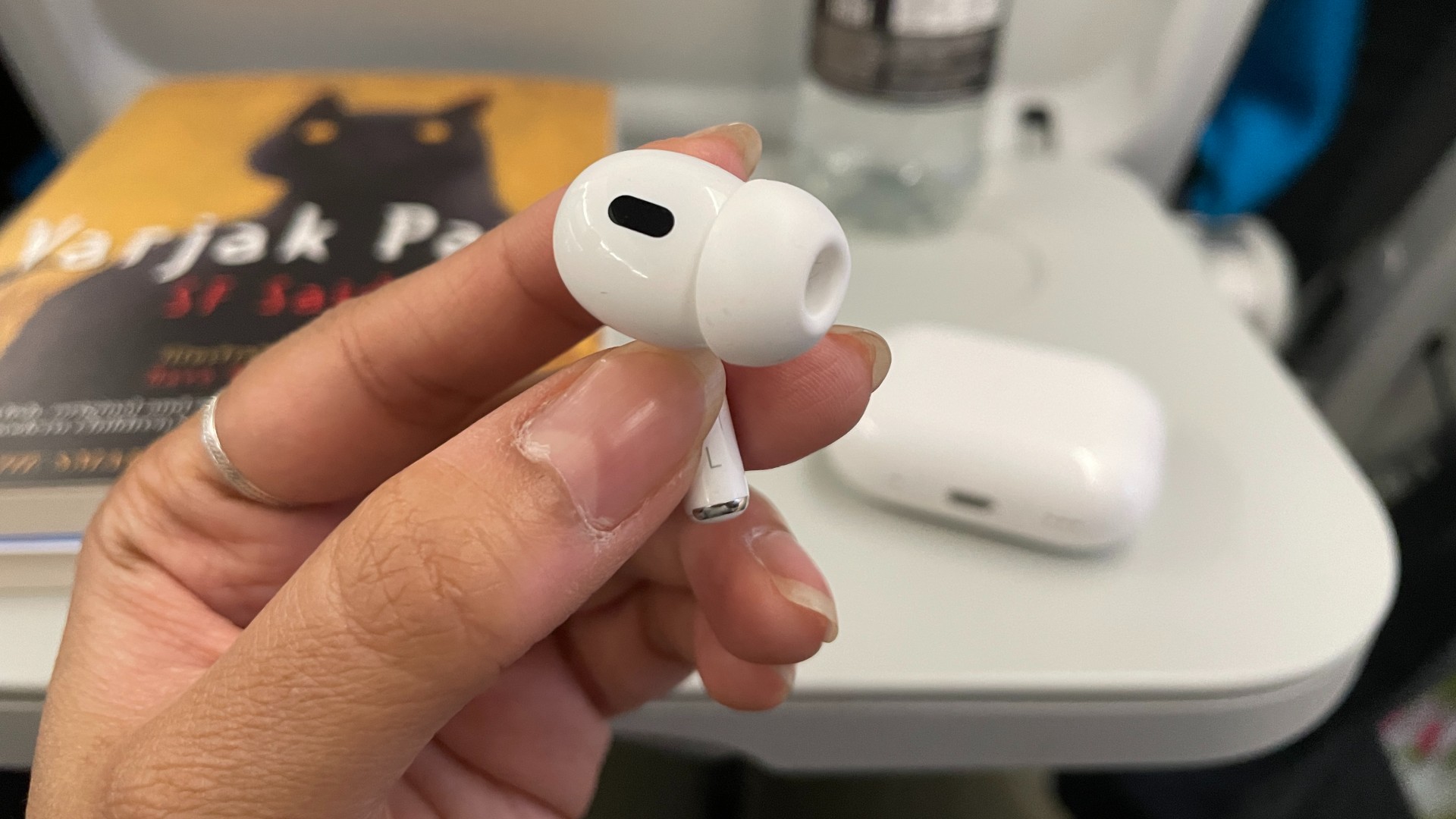
Sound is a compromise
So how exactly does Apple cater to such an impossibly wide range of tastes?
Because there certainly is a particular flavour of sound that Apple is known for: What Hi-Fi? has long praised iPhones for delivering the best sound from a smartphone, being able to balance detail, timing, dynamics and particularly midrange clarity all at once. It’s the same story across the HomePod Mini and the AirPods Max, too. All these qualities – along with added power and subtlety, and a clean, airy presentation – make their way to the AirPods Pro 2.
Which begs the question: is there an Apple sound signature? And how do they decide on what that sound should be?
Andersen tells me that Apple has a panel of “expert listeners” that decide on the sound. It’s not possible for one person to tune the sound in a way that doesn’t introduce individual bias – and so they normally have multiple people giving their expert input on the sound, all with different fits and individual tastes.
It’s a far more democratic process than we’d expect from the tech giant – but it makes sense considering it has to be a sound that works for everyone. Not only that, he says that the sound signature is something that is “developing all the time”, so they don’t stick to rigid parameters. That includes the design of the buds.
“If we can make the sound better… I think our industrial design team are very open to that.” Design, it seems, doesn’t dictate the sound performance. Considering how strong and iconic Apple’s design profile is, it’s heartening to hear that if there is a way to improve sound quality (and user experience), Apple is open to updating and evolving its designs – much like its sound signature.
“And at the end of the day, there is somewhat of a compromise, because you can't make it perfect for everybody yet.”
It’s the “everybody” that’s key here, not the “yet”. Apple’s aim is to be ubiquitous. AirPods are used by so many people who don’t just listen to music in various ways, but also use the AirPods for various different things – from calls to gaming, recording voice notes or podcasts, or using Siri to announce notifications or set a timer.
“This ability to be able to give you the best experience was our goal… no matter what it is you have, we want to give you the best experience,” says Andersen.
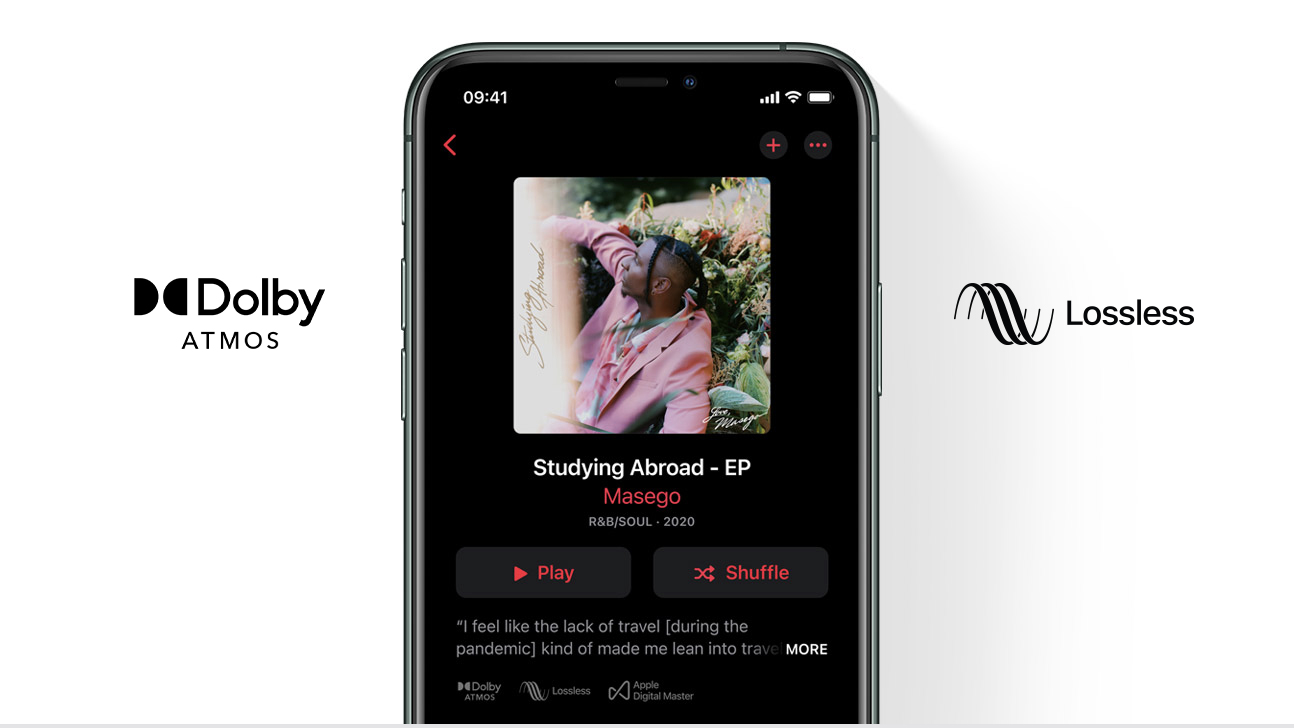
What about hi-res?
Of course, I can’t talk about sound quality without mentioning the elephant in the room: hi-res audio and supporting codecs. The disconnect between Apple Music offering lossless hi-res tracks across its 100-million-song library and not a single one of the new AirPods being able to support that lossless audio in some form over wireless is ever-present and becomes more gaping with each new AirPods released.
And the longer it goes on, the more the question needs repeating. Is hi-res audio a priority for Apple?
Andersen remains coy, saying that while audio quality is always a priority, “it is important to understand that we can still make big strides without changing the codec. And the codec choice we have there today, it's more about reliability. So it's about making something robust in all environments.”
“We want to push the sound quality forward, and we can do that with a lot of other elements. We don't think that the codec currently is the limitation of audio quality on Bluetooth products.”
It’s an interesting statement. I can see the reasoning behind Apple’s stance: reliability matters more when you want your product to work without a hitch with a huge array of devices, in various use cases and for millions of people. But with the advent of Sony’s LDAC, MQair and aptX Lossless high-quality codecs that are able to transmit more audio data over Bluetooth, it still feels a tad lacking – again, only because Apple Music does offer tracks in lossless quality.
I am all for Apple being able to improve sound quality in other ways, but I’ll still hold out for any advancements concerning hi-res/lossless audio, which surely must be on the cards for Apple’s headphones range in the future. After all, as Andersen says earlier in our call: “Apple is always open to change.”
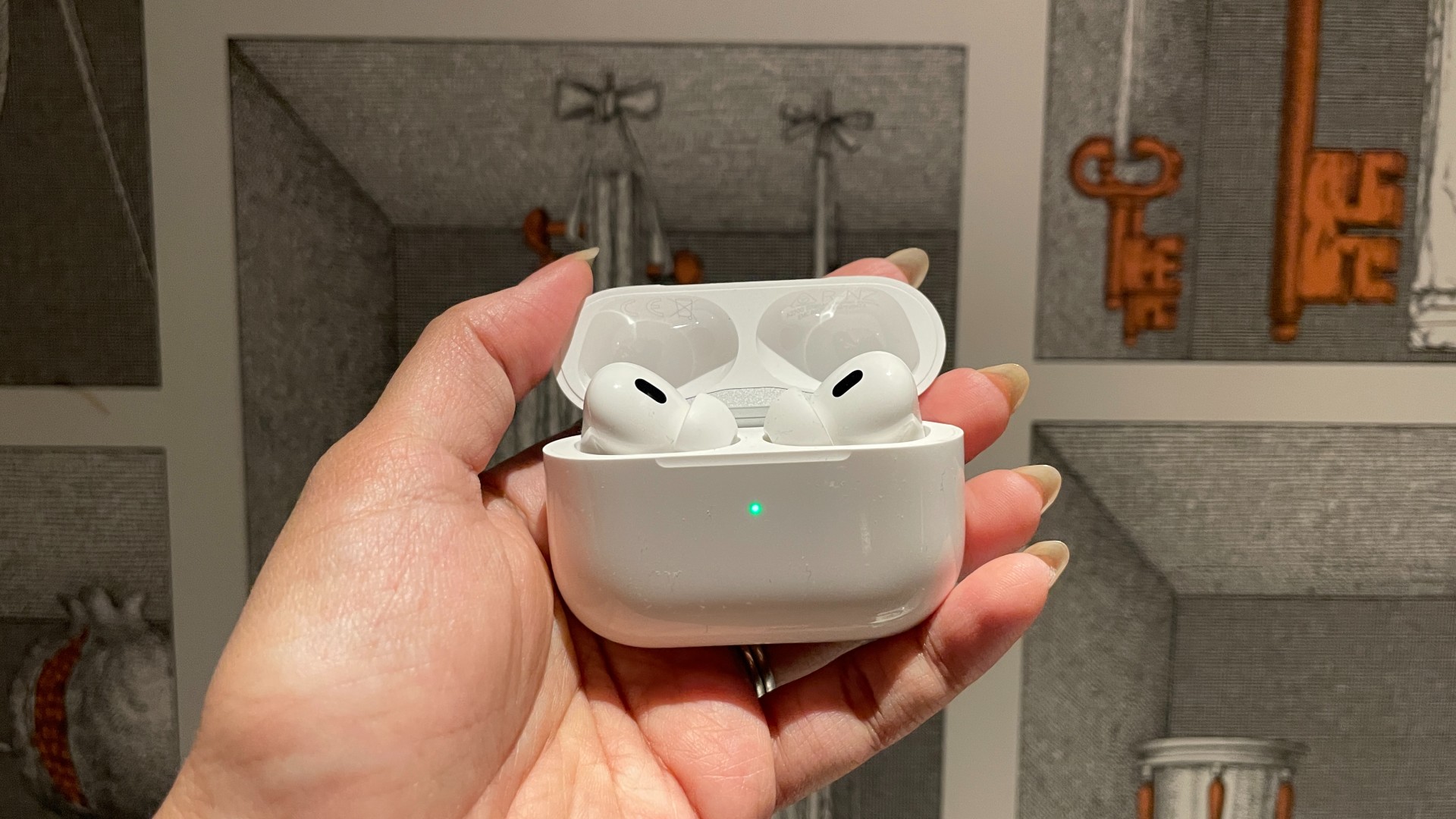
Could it be what’s coming up next? Apple has a Classical Music app reportedly in the works (it bought classical music streaming service Primephonic a few years back) and it’s an area that, in hi-fi circles especially, where absolute bit-perfect resolution is held in high esteem.
Andersen remains ebullient, leaving us with tantalising teasers on what’s to come next. “I don’t know yet 100% what it’s going to be,” he says, which is very intriguing to us. “We are always thinking about the next thing. This is in our DNA.”
It looks like sound quality is firmly in Apple’s DNA too.
MORE:
AirPods Pro 2 vs AirPods Pro: what are the differences and should you upgrade?
Here's the one big feature missing from the AirPods Pro 2
Here are the best wireless earbuds you can buy

Kashfia is the Hi-Fi and Audio Editor of What Hi-Fi? and first joined the brand 13 years ago. During her time in the consumer tech industry, she has reviewed hundreds of products (including speakers, amplifiers, turntables and headphones), been to countless trade shows across the world and fallen in love with hi-fi kit much bigger than her. In her spare time, Kash can be found tending to an ever-growing houseplant collection and shooing her cat away from spinning records.
